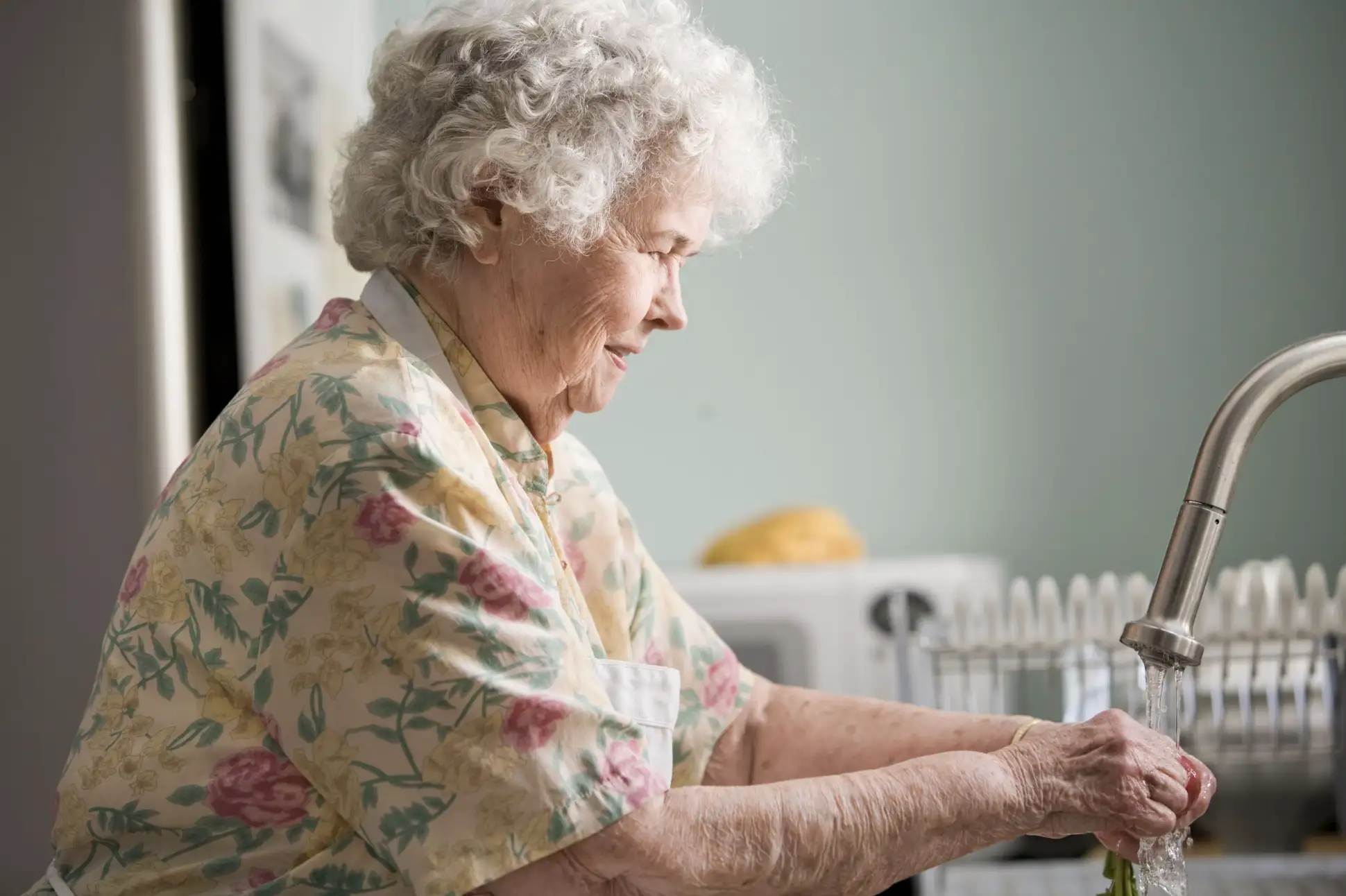Feeling overwhelmed by the process of getting a Home Care Package? You’re not alone. Figuring out if you or a loved one is eligible can feel like navigating a maze of government websites and confusing paperwork. Many people worry about the assessment, the costs, and the long waiting lists.
This guide is here to change that. We’ve combined the official government guidelines with the real-world experiences of Australians to create a clear, step-by-step roadmap. Here, you’ll find direct answers to your most pressing questions, so you can move forward with confidence.
Can I Get a Home Care Package? The Simple Answer
Let’s start with the basics. To be eligible for a Home Care Package, you generally need to be an older person who needs coordinated services to help you stay in your own home.
Specifically, you must meet two main criteria:
- Age and Residency: You must be an older Australian. While there’s no strict minimum age, most people are over 65 (or over 50 for Aboriginal and Torres Strait Islander people). You also need to be an Australian citizen, a permanent resident, or have a special category visa.
- Care Needs: You must have care needs that can be appropriately met through a Home Care Package. This is determined through a formal assessment, which we’ll cover in detail below.
If you meet these initial criteria, the next step is a formal assessment.
Your Step-by-Step Guide to Getting a Home Care Package
This is the official process, enhanced with tips from people who have been through it.
Step 1: The Initial Contact with My Aged Care
Everything starts with My Aged Care. This is the Australian Government’s central point for all things aged care.
- How to Contact: You can call them on 1800 200 422 or use the online eligibility checker on the My Aged Care website.
- What Happens: They will ask you a series of questions about your current situation. This initial screening takes about 15-20 minutes. Based on your answers, they will determine if you need a comprehensive assessment.
Step 2: Preparing for Your ACAT Assessment
Estimate Your Level: Not sure which Home Care Package level you might qualify for? Take our free ACAT Assessment Level Quiz to get an estimate based on your care needs.
If you need a comprehensive assessment, you’ll be referred to an Aged Care Assessment Team (ACAT). This is the most critical step, and preparation is key.
Community Tip: Don’t downplay your struggles. As one forum user advised, “Be completely honest about the things you find difficult. If you pretend you’re coping fine, you won’t get the help you need.”
Before the assessor visits, take some time to:
- Gather Documents: Have your Medicare card and another form of ID handy.
- List Your Medications: Write down all the medications you take.
- Note Your Difficulties: Make a list of daily tasks you’re struggling with (e.g., showering, cooking, cleaning, remembering appointments).
- Have Support: Ask a family member, friend, or carer to be there with you. They can help you remember details and provide support.
Step 3: What to Expect During the ACAT Assessment
An ACAT assessor (usually a nurse, social worker, or other health professional) will visit you at home. The assessment can take up to an hour.
From the Community: People who have been through it say the assessors are generally friendly. They will ask questions about:
- Your day-to-day routine and what you can manage on your own.
- Your health conditions and how they affect you.
- Your home environment and any safety concerns.
- Your social and emotional wellbeing.
They may ask to see you walk around the house or perform a simple task to understand your mobility.
Step 4: Understanding Your Approval and Package Level
After the assessment, you will receive a letter from My Aged Care confirming two things:
- If you have been approved for a Home Care Package.
- The level of package you have been approved for (from Level 1 for basic needs to Level 4 for high care needs).
Calculate your care hours: Use our free Home Care Package Calculator to see how many hours of care you’ll receive at each package level.
Step 5: The Wait… and What to Do While You Wait
Once approved, you are placed in a national queue. This is often the most frustrating part. Waiting times can be long and vary depending on your package level and urgency.
What you can do: While you wait, you may be eligible for interim support through the Commonwealth Home Support Programme (CHSP), which can provide entry-level services.
Demystifying the Costs: Will I Have to Pay?
This is a major source of anxiety. Here’s how the costs work.
The Income and Assets Test Explained
Whether you contribute to the cost of your care depends on a formal income assessment conducted by Services Australia (Centrelink) or the Department of Veterans’ Affairs (DVA).
- If you are on the full Age Pension: You will not have to pay an income-tested care fee. You will be considered “fully supported.”
- If you have income above the pension: You may have to pay an income-tested care fee. The amount is capped annually.
The value of your home is not included in the assets test for a Home Care Package.
| Your Situation (Single Person) | Income Threshold (approx.) | Asset Threshold (approx.) | Result |
|---|---|---|---|
| Full Pensioner | Below ~$32,000/year | N/A | Fully Supported (No Income-Tested Fee) |
| Part Pensioner / Self-funded | Above ~$32,000/year | N/A | May pay an Income-Tested Fee |
| Note: These figures are approximate and change regularly. Visit the Services Australia website for current rates. |
Basic Daily Fee vs. Income-Tested Fee
- Basic Daily Fee: This is an optional fee that some providers charge. It is a percentage of the single basic Age Pension.
- Income-Tested Care Fee: This is the fee calculated by the government based on your income assessment. It is paid to your provider and reduces the government subsidy paid for your package.
Frequently Asked Questions (From the Community)
These are the real questions people ask on forums like Reddit.
”What specific questions will they ask in the ACAT assessment?”
They’ll ask about your mobility, personal care (showering, dressing), preparing meals, home safety, and how you’re coping emotionally. The goal is to get a complete picture of your life.
”How long is the waiting list for a Home Care Package?”
This varies. It can be anywhere from 3 months to over a year, depending on the package level you’re approved for. High-level packages often have longer waits.
”Can my family member be there during the assessment?”
Absolutely. It is highly recommended to have someone you trust with you. They can help you provide information and ask questions you might not think of.
”What if my needs change while I’m on the waiting list?”
If your condition deteriorates significantly, you can and should contact My Aged Care to request a reassessment.
Conclusion: You Can Navigate This
Gaining eligibility for a Home Care Package is a process with several steps, but it is manageable. By preparing for the assessment and understanding the costs, you can take control and get the support you need to continue living safely and independently at home.
At MD Home Care, we specialize in helping families navigate this journey. We can answer your questions, help you prepare for your assessment, and provide compassionate care tailored to your needs.
If you have questions or need help getting started, contact MD Home Care today for a friendly, no-obligation chat.


